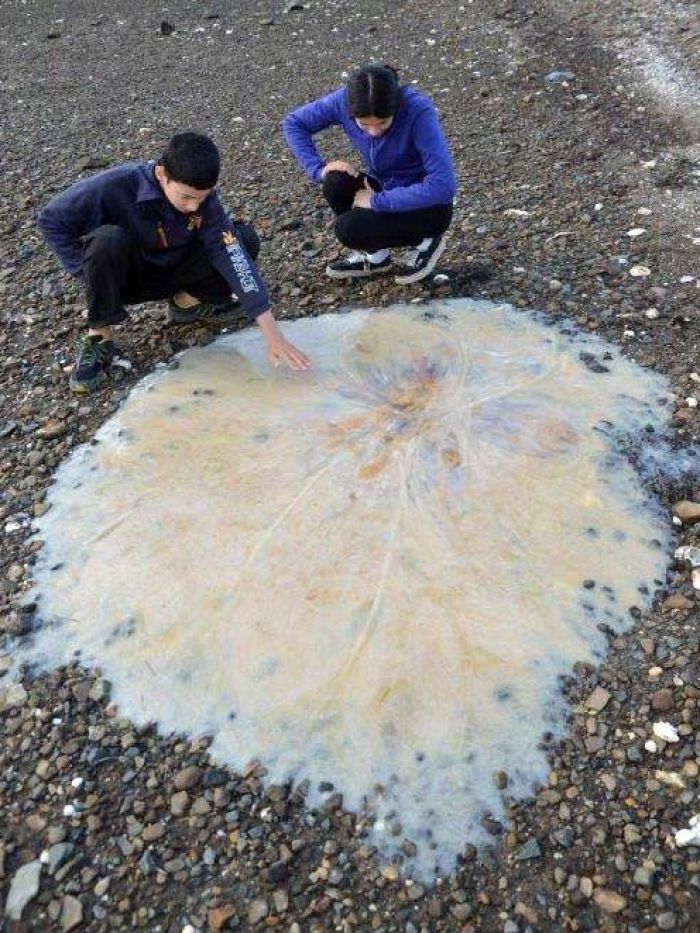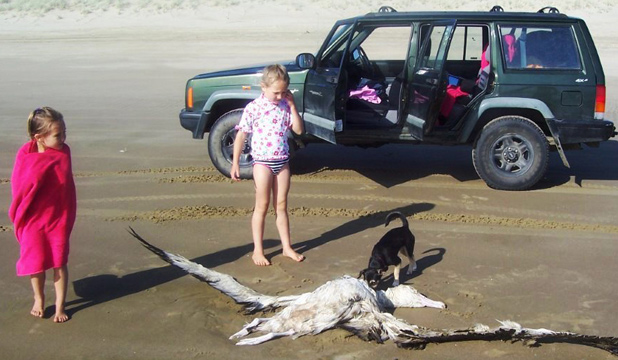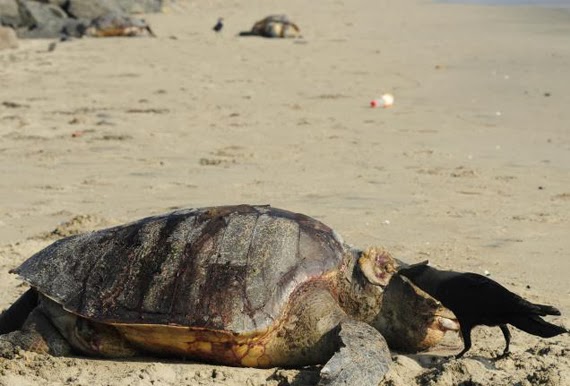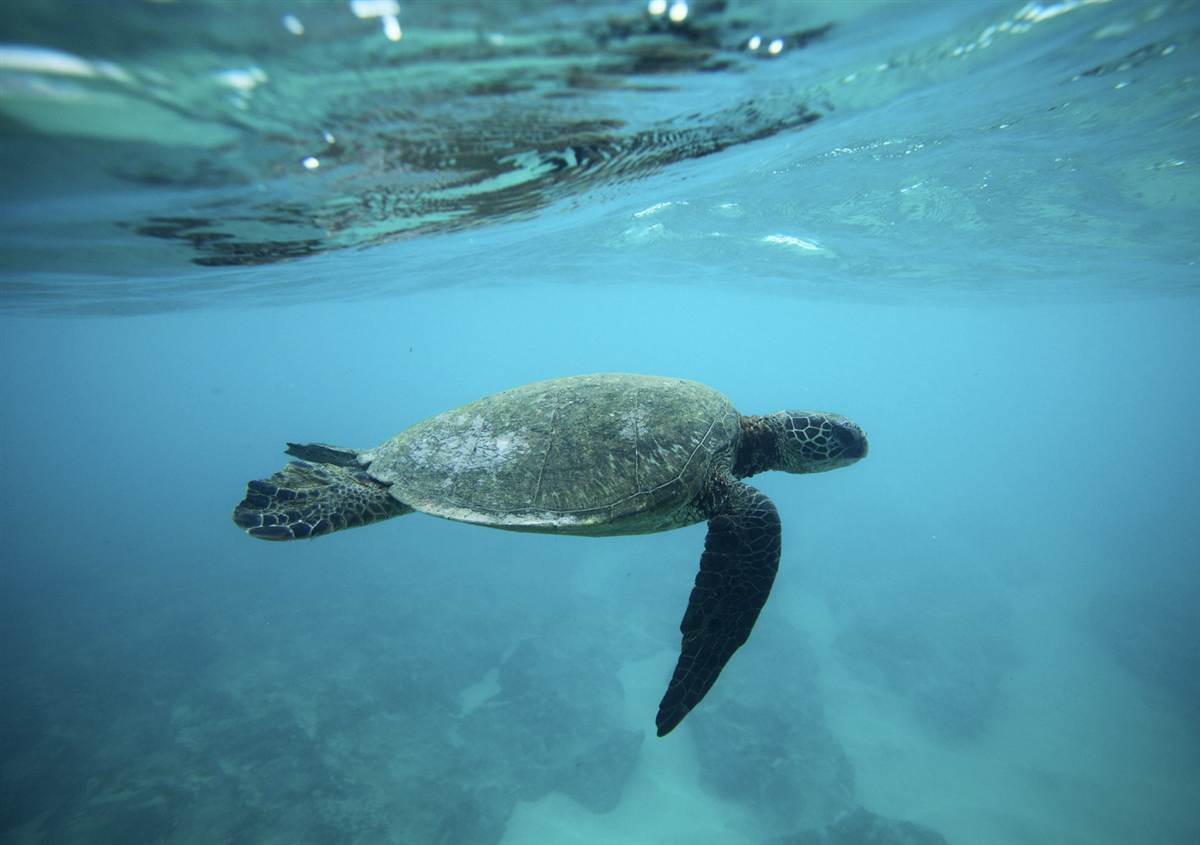Scientists present links between unusual Alaska seal deaths and Fukushima fallout - Skin lesions, hair loss, lethargy - 'Pulsed release' when built-up radionuclides were set free as ice melted - "Wildlife health implications" due to radiation exposure discussedAlaska Marine Science Symposium (pdf), Jan. 20-24, 2014
(emphasis added): 2011 Fukushima Fall Out: Aerial Deposition On To Sea Ice Scenario And Wildlife Health Implications To Ice-Associated Seals (Dr. Doug Dasher, John Kelley, Gay Sheffield, Raphaela Stimmelmayr) -
On March 11, 2011 off Japan's west coast, an earthquake-generated tsunami struck the Fukushima Daiichi nuclear power plant resulting in a major nuclear accident that included a large release of airborne radionuclides into the environment. Within five days of the accident atmospheric air masses carrying Fukushima radiation were transiting into the northern Bering and Chukchi seas.
During summer 2011 it became evident to coastal communities and wildlife management agencies
that there was a novel disease outbreak occurring in several species of Arctic ice-associated seals. Gross symptoms associated with the disease included
lethargy, no new hair growth, and skin lesions, with the majority of the outbreak reports occurring between the Nome and Barrow region. NOAA and USFWS declared an Alaska Northern Pinnipeds Usual Mortality Event (UME) in late winter of 2011. The ongoing Alaska 2011 Northern Pinnipeds UME investigation continues to explore a mix of potential etiologies (infectious, endocrine, toxins, nutritious etc.),
including radioactivity. Currently, the underlying etiology remains undetermined. We present
results on gamma analysis (cesium 134 and 137) of muscle tissue from control and diseased seals,
and discuss wildlife health implications from different possible routes of exposure to Fukushima fallout to ice seals. Since the Fukushima fallout period occurred during the annual sea ice cover period from Nome to Barrow, a sea i
ce based fallout scenario in addition to a
marine food web based one is of
particular relevance for the Fukushima accident. Under a proposed sea ice fallout deposition scenario, radionuclides would have been settled onto sea ice. Sea ice and snow would have acted as a temporary refuge for deposited radionuclides; thus radionuclides would have only become available for migration during the melting season and would not have entered the regional food web in any appreciable manner until breakup (
pulsed release). The cumulative on-ice
exposure for ice seals would have occurred through external, inhalation, and non-equilibrium
dietary pathways during the ice-based seasonal spring haulout period for molting/pupping/breeding activities. Additionally, ice seals would have been under dietary/metabolic constraints and experiencing hormonal changes associated with reproduction and molting.



